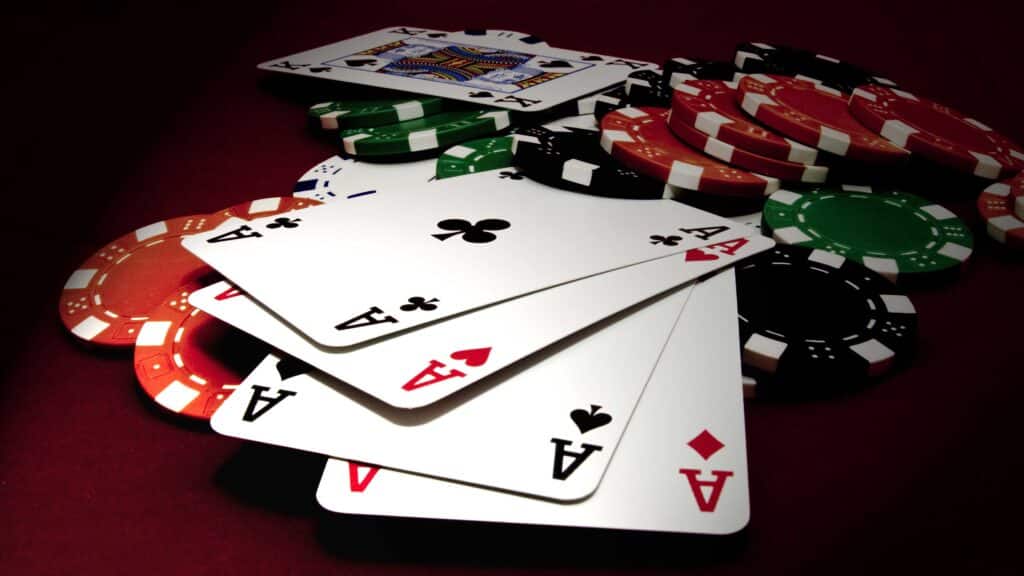Hand reading is a critical skill in online poker that can separate the good players from the great ones. Effective hand reading allows players to make informed decisions based on their opponents’ likely hand ranges and tendencies, improving their chances of success in various poker formats. This article delves into advanced hand reading techniques, offering insights and examples to help players of all experience levels enhance their game.
The Basics of Hand Reading
1. Understanding Hand Ranges
Hand reading begins with understanding the concept of hand ranges. Instead of focusing on a single hand that an opponent might hold, players should consider a range of possible hands based on their actions throughout the hand. This approach helps in predicting what hands an opponent is likely to have at any given point.
Example: If an opponent raises pre-flop from an early position, their range is likely to consist of strong hands such as high pairs (e.g., AA, KK), strong aces (e.g., AK, AQ), and sometimes suited connectors. As the hand progresses, you can narrow down this range based on their actions.
2. Using Betting Patterns
Betting patterns provide valuable information about an opponent’s hand range. Observing how opponents bet in different situations helps in narrowing down their possible hands. Key betting patterns to watch include:
- Pre-flop raises: A large raise might indicate a strong hand or a premium hand, while a small raise could suggest a wider range.
- Continuation bets: A continuation bet on the flop often indicates that the player has a strong hand or has connected with the board.
Example: If an opponent raises pre-flop and then bets heavily on the flop and turn, they are likely to have a strong hand or a strong draw. Conversely, if they check the turn after betting the flop, it might indicate weakness or a missed draw.
Advanced Techniques for Hand Reading
1. Adjusting to Opponents’ Tendencies
To improve hand reading, adjust your strategy based on the specific tendencies of your opponents. Different players have different styles, and recognizing these styles can provide clues about their hand ranges.
- Tight Players: Tight players generally play fewer hands and are more selective. If a tight player raises pre-flop, they are likely holding a strong hand.
- Aggressive Players: Aggressive players often bluff more frequently. If an aggressive player bets or raises frequently, their range may include a higher percentage of bluffs.
Example: If you are facing a tight player who raises from early position and continues to bet aggressively on every street, you can reasonably assume they have a strong hand such as a high pair or a strong ace.
2. Applying Player Profiling
Player profiling involves categorizing opponents based on their overall tendencies and playing style. Common profiles include:
- Calling Stations: Players who call frequently but rarely raise or fold. They often have a wide range of hands.
- Bluffers: Players who frequently use bluffing and semi-bluffing strategies. Their range is likely to include a mix of bluffs and strong hands.
Example: If you are against a calling station who calls every bet and raise, you should be cautious about making big bluffs and instead value-bet with your strong hands.
3. Using Position to Your Advantage
Position is a crucial factor in hand reading. Players’ actions and hand ranges can vary significantly based on their position at the table.
- Early Position: Players in early position generally have tighter hand ranges due to the disadvantage of acting early.
- Late Position: Players in late position can afford to play a wider range of hands because they have more information about other players’ actions.
Example: If a player in late position raises, their range might include a wider variety of hands, including weaker hands or speculative hands that might be folded from an early position.
4. Analyzing Showdown Data
Showdown data, or the information revealed when a hand is shown at showdown, provides valuable insights into an opponent’s hand ranges. Keeping track of the hands that opponents show at the end of the hand helps refine your understanding of their likely ranges in future hands.
Example: If you notice that an opponent frequently shows down hands like KQ or QJ, you can adjust your range assumptions and strategy to account for these tendencies.
Implementing Hand Reading in Your Strategy
1. Adjusting Your Play Based on Hand Reading
Effective hand reading allows you to make more informed decisions. Adjust your strategy based on your read of your opponents’ hand ranges:
- Value Betting: When you believe an opponent has a hand that is likely to call a bet, make a value bet to extract maximum value from strong hands.
- Bluffing: When you determine that an opponent’s range is weak or has missed their draw, consider bluffing to force them to fold.
Example: If you read that an opponent’s range is weak based on their check on the river after a strong betting line, you might decide to bluff to take down the pot.
2. Continuous Learning and Adaptation
Hand reading is a dynamic skill that improves with practice and experience. Continuously adapt your strategy based on new information and observations from your play. Regularly review your sessions and adjust your hand reading techniques based on the evolving tendencies of your opponents.
Example: After a session where you notice that a particular opponent frequently overfolds to aggression, you can adjust your strategy in future sessions to exploit this tendency.
Conclusion
Mastering hand reading techniques is essential for success in online poker. By understanding hand ranges, analyzing betting patterns, and adapting to opponents’ tendencies, players can make more informed decisions and improve their overall game. Whether you’re new to poker or a seasoned player, refining your hand reading skills will enhance your ability to predict opponents’ actions and capitalize on their weaknesses, leading to greater success and profitability at the tables.



